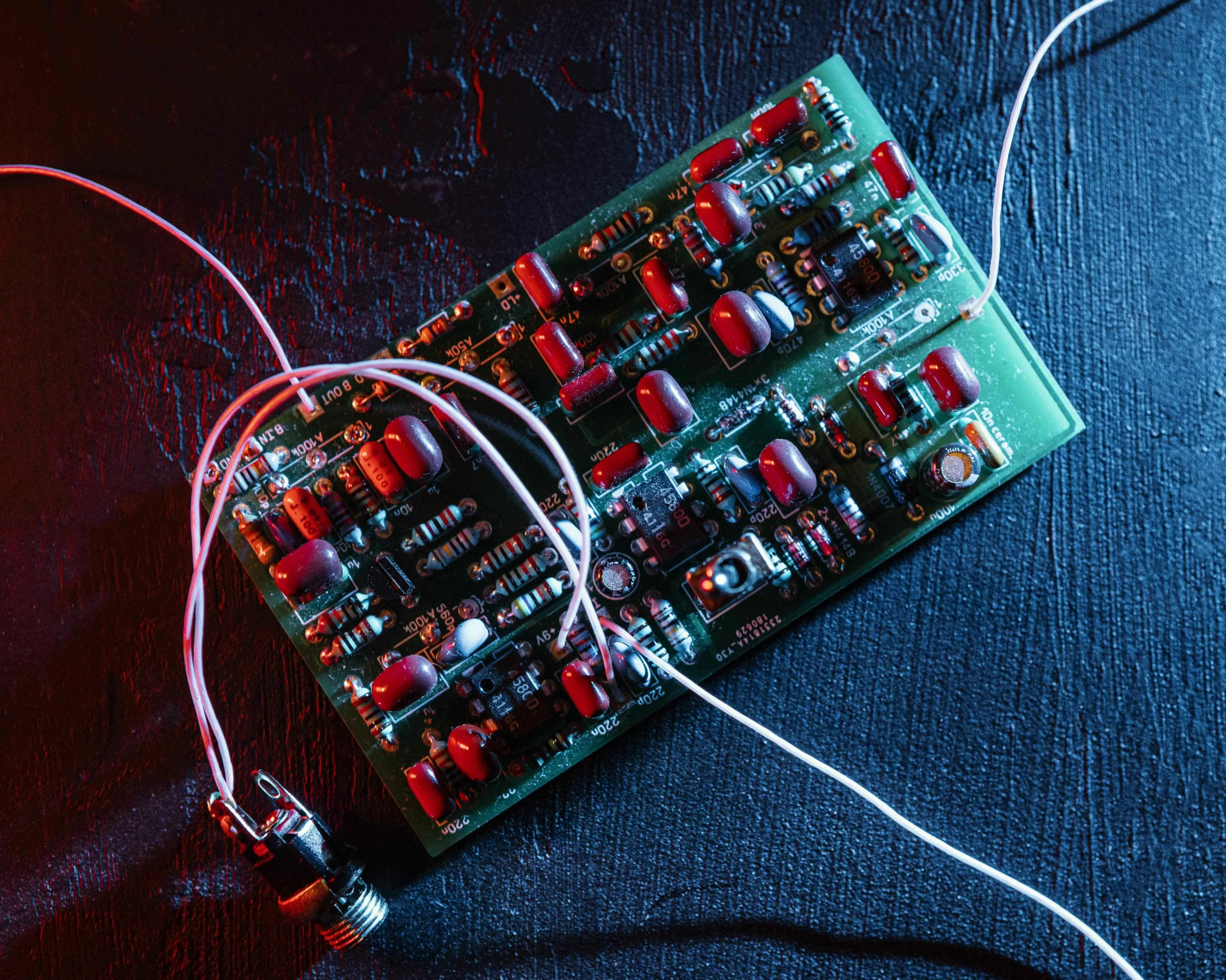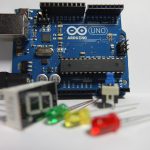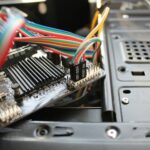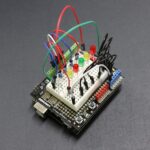
Introduction
Functional safety is a critical aspect of modern engineering, especially in industries where human lives and valuable assets are at stake. Relay module (safety relay modules) are significant components in ensuring the reliability and performance of safety-critical systems. This guide uncovers the crucial relay modules for achieving functional safety, exploring their significance, popular types, and selection criteria.
What are Safety Relay Modules?
Safety relay modules, often called safety relays, are electrical devices designed to enhance safety by monitoring and controlling safety-critical functions and machinery in various applications. These modules are an integral part of safety systems that prevent accidents, protect workers, and ensure the safe operation of machinery and equipment. They act as the last line of defense by controlling the flow of electrical power, guaranteeing safe shutdown during an emergency, performing critical functions reliably, and responding appropriately to faulty conditions.
Understanding the Importance of Functional Safety
Functional safety is the ability of a system or equipment to perform its intended function while minimising the risk of causing harm to humans, the environment, or valuable assets. It is a crucial consideration in various industries, including automotive, aerospace, healthcare, and manufacturing. Ensuring functional safety often involves implementing redundant and fail-safe mechanisms to prevent catastrophic failures.
Types of Relay Modules: Exploring Their Varieties
Understanding the different types of relay modules is crucial for selecting the most suitable one for functional safety applications. Relay modules come in various types, each designed to serve specific purposes and include:
Electromechanical Relays
Electromechanical relays are the traditional relays that consist of a coil, an armature, and a set of contacts. Energizing the coil produces a magnetic field that moves the armature, closing or opening the contacts to control the electrical circuit. These relays are known for their reliability and robustness, making them suitable for many safety-critical applications.
Solid-State Relays (SSRs)
Solid-state relays use semiconductor devices like thyristors and transistors to switch electrical loads. They offer several advantages over electromechanical relays, such as faster switching speeds, extended service life, and silent operation. SSRs are ideal for applications where high-speed switching and minimal electromagnetic interference are crucial.
Reed Relays
Reed relays comprise two ferromagnetic reeds enclosed in a glass envelope. When a magnetic field is applied, the reeds come into contact–closing the circuit. Reed relays are known for their high switching speed and low contact resistance, making them suitable for applications requiring precise and fast switching.
Safety Relays
Safety relays are specifically designed for functional safety applications and feature multiple safety features, such as self-monitoring, redundancy, and diagnostic capabilities. They are commonly used in safety-critical systems like emergency stop circuits, safety interlocks, industrial automation, transportation, and machine guarding.
Selecting the Right Relay Module for Functional Safety: Factors to Consider
Choosing the appropriate relay module for a functional safety application is a crucial step in ensuring the system’s reliability and performance. These factors include:
Functional Safety Standards:
Compliance with relevant functional safety standards, like ISO 26262 for automotive or IEC 61508 for general industries, is paramount. Ensure that the selected relay module meets the required safety integrity level (SIL) or performance level (PL) specified in these standards.
Redundancy:
Redundancy is a key element of functional safety. Consider using redundant relay modules to provide backup in case of a failure. Redundant relay modules should be monitored independently to ensure their integrity.
Diagnostic Features:
Relay modules with diagnostic capabilities can help detect earlier faults and failures. Look for features such as self-monitoring, fault detection, and status indication to enhance the reliability of the system.
Environmental Considerations:
Consider factors such as temperature, humidity, and vibration levels to ensure the selected relay module can withstand the associated conditions it will face.
Load and Voltage Ratings:
Make sure the relay module can handle the load and voltage requirements of your application. Overloading a relay module can lead to premature failure and compromise safety.
Response Time:
Choosing a relay module with a response time that meets the requirements of your system is crucial. Solid-state relays typically offer faster response times than electromechanical relays.
Compatibility:
Ensure the relay module is compatible with the rest of your system, including the control circuitry and other safety components. Compatibility issues can lead to system malfunctions and safety risks.
Best Practices for Achieving Functional Safety with Relay Module
Achieving functional safety with relay modules requires careful planning and adherence to best practices. The following tips will help ensure the reliability and performance of your safety-critical system:
Perform a Failure Modes and Effects Analysis
Conduct an FMEA to identify potential failure modes, their effects on the system, and the likelihood of their occurrence. This analysis helps in selecting the appropriate relay module and designing effective safety measures.
Implement Redundancy in relay module
As mentioned earlier, redundancy is critical for functional safety. Use redundant relay modules and ensure they are monitored independently. Implement voting logic to ensure that the system operates correctly, even in the presence of a faulty relay.
Regular Maintenance and Testing
Schedule regular maintenance and testing of the relay modules to detect and address any issues before they compromise safety. Perform functional tests, check for wear and tear, and replace any faulty components promptly.
Keep Records
Maintain detailed records of the relay module’s installation, maintenance, and testing activities for traceability and compliance with safety standards.
Stay Informed
Stay updated on the latest developments in relay module technology and functional safety standards. Consistent learning and improvement are critical for maintaining the safety and reliability of your systems.
Summary
Relay modules are integral components of functional safety systems, ensuring the reliable operation of safety-critical applications. Understanding the relay modules’ types, selecting the right one, and following best practices is key to achieving functional safety. By prioritizing safety and compliance with industry standards, engineers and designers can build systems that protect human lives and valuable assets while delivering optimal performance.





















